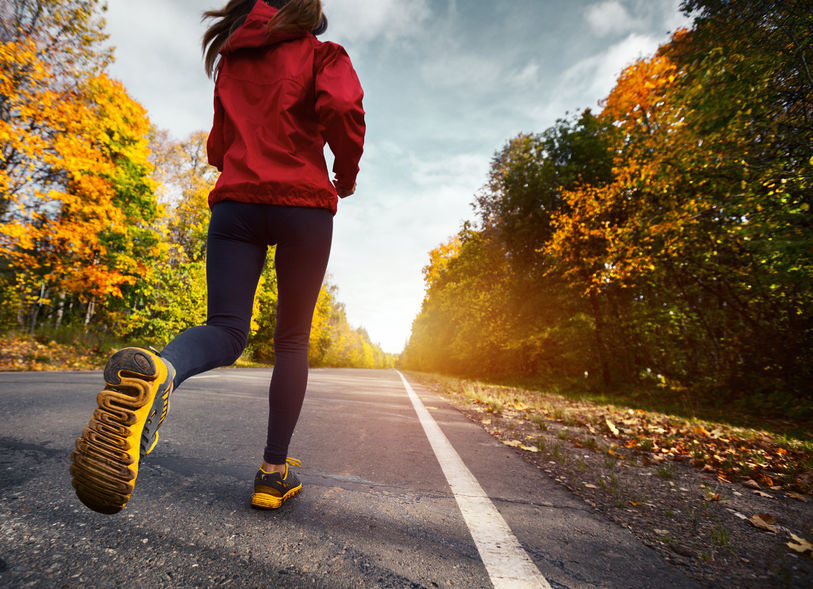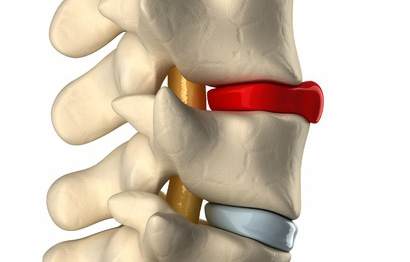Running and Lower Back Pain: Benefits of Running For Your Disc

Running and lower back pain don’t always go together. After suffering from lower back pain, many of my patients tend to avoid running altogether.
Are you hesitant to lace up your running shoes due to a disc herniation diagnosis? Perhaps you’ve experienced limitations in your running routine and are eager to find a way to hit the pavement with confidence again.
Strengthening Lumbar Discs: Running And Lower Back Pain
Exciting research from April 2017 sheds light on the positive impact of running and lower back pain or more especially running exercises on strengthening intervertebral discs. In this article, we’ll explore the findings and discuss how incorporating running into your routine may contribute to disc health and potentially alleviate some of the challenges associated with disc herniation.
Lumbar Disc Herniation: Best Exercises For My Herniated Disc
Understanding the Research: Running And Lower Back Pain
The study compared individuals who engaged in regular running with a sedentary group, discovering that the runners exhibited larger discs with higher water content. This water content is crucial for maintaining overall disc health, as a decrease in water content often leads to disc degeneration and diminished protective capabilities for the nerves and spinal cord.
Disc Herniation Part 1: Best Self-Treatments To Help Your Lumbar Disc Herniation
Understanding Disc Pressure: Running and Lower Back Pain
Key Findings:
- Increased Disc Size: Regular runners demonstrated larger discs compared to their sedentary counterparts, indicating a positive impact on disc health.
- Enhanced Water Content: The running group exhibited higher water content in their discs, a crucial factor in sustaining disc function and overall well-being.
- Protective Effects: Those running 20-40 km per week showed additional protection for the nucleus of the disc, with even greater benefits observed in runners covering distances exceeding 50 km per week.
The Up-And-Motion Keeps the Intervertebral Disc Healthy
The research also highlighted the importance of the up-and-down motion during running, which increases disc pressure due to the weight of the torso. This pressure, when managed appropriately, contributes to the growth and health of the intervertebral disc.
Balancing Running and Desk Jobs: Running and Lower Back Pain
Despite the positive effects of running, it’s essential to recognize the impact of desk jobs on overall posture. Prolonged periods of sitting, often accompanied by slouching, can counteract the benefits of running. Maintaining good posture and incorporating various forms of exercise may further contribute to the health of your intervertebral disc.
Conclusion:
While the study underscores the positive effects of running on disc herniation, it’s essential to approach running and exercise with moderation and awareness of individual limitations. Running, along with other forms of exercise, has the potential to positively impact disc health and enhance overall well-being. So, lace up those running shoes, hit the pavement mindfully, and enjoy the benefits of a healthier, more resilient intervertebral disc.
Feel free to share your thoughts and experiences in the comments below, and don’t forget to connect with us on Facebook for more updates and tips on improving your lower back health. We’d love to also hear your opinions on who you consider the best Toronto chiropractor in the comments below.
Research
1. Daniel L. Belavý, Matthew J. Quittner, Nicola Ridgers, Yuan Ling, David Connell & Timo Rantalainen, Running exercise strengthens the intervertebral disc Scientific Reports 7, Article number: 45975 (2017)




